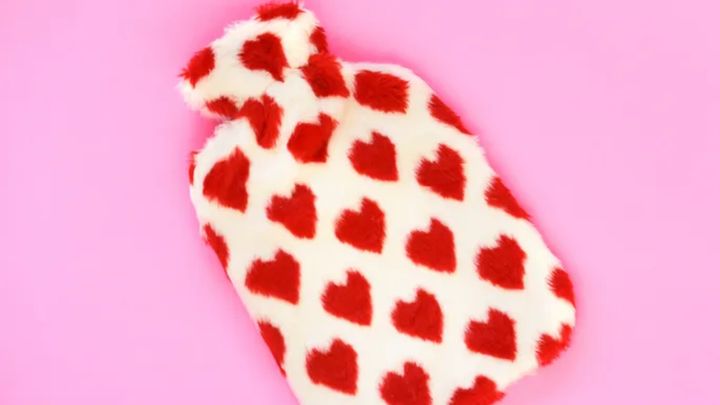
As the colder weather and darker nights roll in, many of us are trying to find different ways to keep ourselves warm at home.
For me, that involves layers of throws and a ridiculously fluffy dressing gown; my sisters plump for space heaters and electric blankets.
But The Queen Victoria Hospital (QVH) in East Grinstead has seen a 61% rise in children with injuries from one heating method in particular, the BBC said.
In the South East, the amount of kids who are being scalded by hot water bottles has skyrocketed, the hospital reports.
When should I worry about hot water bottles?
Consultant plastic surgeon and burns lead at the hospital, Paul Drake, said you should simply toss hot water bottles that are older than two years away.
That’s because the rubber and seals of the hot water bottles weaken over time, making them more likely to burst open and leak ― which can cause burns.
“Hot water bottles need to be checked for safety. They’re often quite old. They can leak, they can burst,” he told the BBC.
The NHS Mid and South Essex have some instructions for those using the heating devices.
They said that if you’re not sure how old your hot water bottle is, you should “Check the daisy wheel imprinted on its neck or body.”
The central number of the flower-shaped design shows the year (e.g., 24 for 2024).
“The 12 segments around this number represent months. The filled segments mark its manufacturing month. For instance, if eight segments have dots, it means the bottle was crafted in August,” the NHS adds.
Ken Dunn, a retired consultant burns and plastic surgeon and vice chair of The Children’s Burns Trust, said hot water bottles should never be filled with boiling water and shouldn’t be used for kids at all.
Any other tips?
The NHS says other safety measures include:
- Use hot water, but steer clear of boiling temperatures.
- Fill only up to three-quarters to reduce the risk of bursting.
- Before sealing, expel any air above the water level to prevent injury from escaping hot air.
- Make sure the stopper is securely fastened.
- Wrap the bottle in a towel or cloth to prevent direct contact with skin.
- Avoid bringing the bottle into bed with you.
- Never use a hot water bottle alongside an electric blanket.
- Do not sit on or use the bottle as a cushion.
- Store the bottle without placing any weight on it.
- Replace your bottle every two years.
- Regularly check the bottle for any signs of wear or damage.
- Hot water bottles, wheat bags, or electric blankets should never be used for babies.